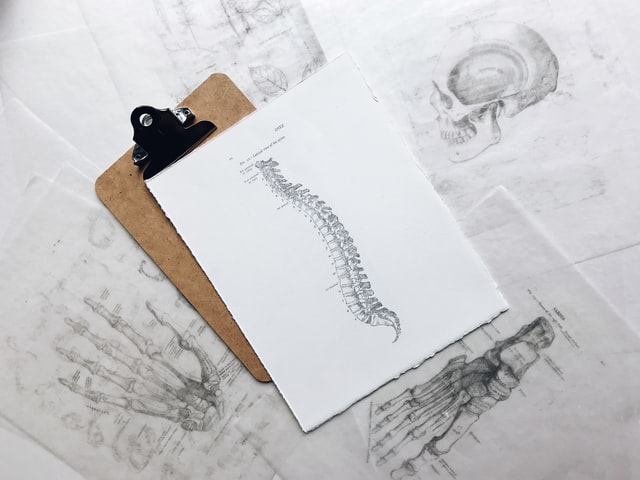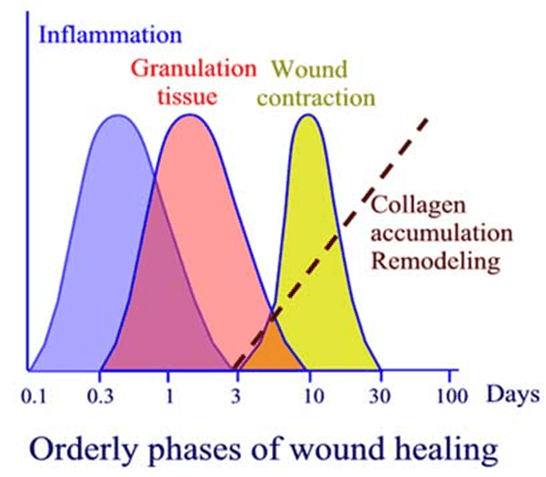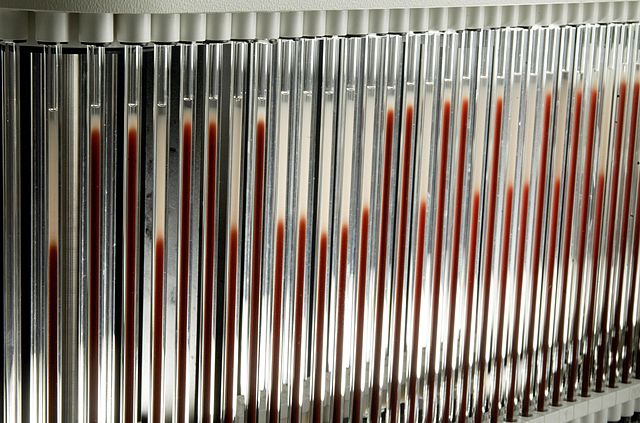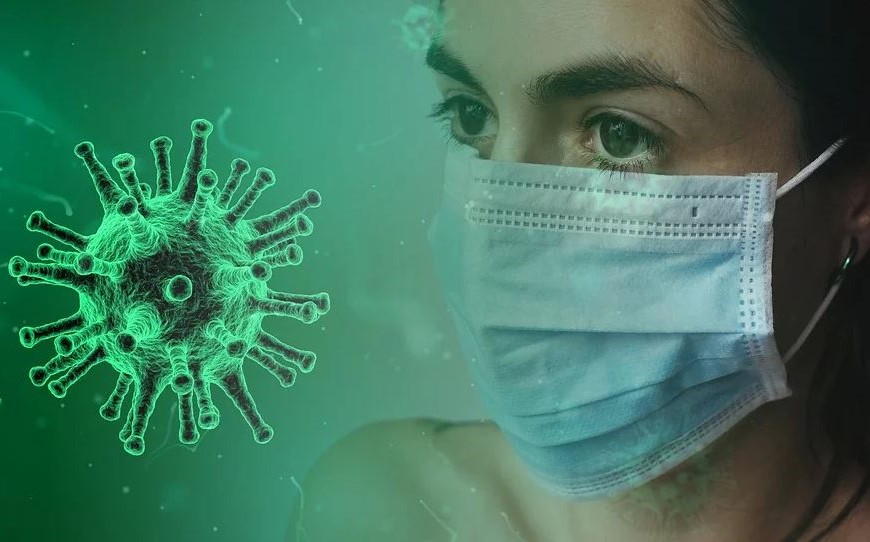Think of VITAMINS ABCDEK V: Vascular (bleed or blocked), or anything related to hematology I: Infective or Post-infective T: Trauma or mechanical factors such as obstructions or pressure. A: Autoimmune-related or Allergy M: Metabolic I: Idiopathic or Iatrogenic N: Neoplasia S: Social reasons – child abuse and social deprivation A:…
Author: Epomedicine

What is Plantar Fascitis?
The feet contain 28 bones, 30 joints, and more than 100 muscles, tendons, and ligaments. In other words, there is a tremendous amount of things that can go wrong! Painful feet can be an indication of various issues, depending on the type of pain. If you are experiencing sharp pain…

Different Spinal Injuries
Most people would agree having a back injury can be one of the most painful injuries any human could have. Spinal injuries can not only be extremely painful, but also very difficult to fix. There are many variations of spinal injuries as well as many different cures and remedies, for…

Diabetes Made Easy : Epomedicine Series
Approach to Uncomplicated Diabetes Mellitus : Simplified Management of Diabetes – GLUCOSE BAD mnemonic DKA : Mnemonic Approach and Clinical Aspects GIK Regimen – Rule of Ten Simplified Guide to Statin Therapy Diabetic Ketosis without Acidosis Diabetic Foot Management

Wound Healing : Stages
1. Haemostasis (immediate): In response to exposed collagen, platelets aggregate at the wound and degranulate, releasing inflammatory mediators. Clotting and complement cascades activated. Thrombus formation and reactive vasospasm achieve haemostasis. 2. Inflammation (0-3 days): Vasodilatation and increased capillary permeability allow inflammatory cells to enter wound, and cause swelling. Neutrophils amplify inflammatory response by release…

ESR and CRP in Musculoskeletal infection
ESR (Erythrocyte Sedimentation Rate) Usually elevated within 48-72 hours of the infection onset (less reliable in the first 48 hours of infection) Continues to rise for 3-5 days after institution of successful therapy and continuing rise beyond 4th-5th day of treatment can be an indication of treatment failure (not good…

Management of Diabetes – GLUCOSE BAD mnemonic
Glycemic control HbA1c 3 monthly or Bianually (if treatment goal acheived and glycemic control considered stable) – Target: Non-pregnant adult patients: <7% Minor cardiovascular disease, minor hypoglycemic episodes, short diagnosis time with diabetes, and long life expectancy: <6.5% Significant co-morbidities, progressive micro- and macrovascular complications, or short life expectancy: <8%…

How Medicine May Change In A Post Covid-19 World
There is no doubt that we will start thinking in terms of the world pre and post Covid-19. The entire globe has been turned upside down to the point that daily life from before is completely unrecognizable. How we deal with our personal lives, our professions and society as a…
